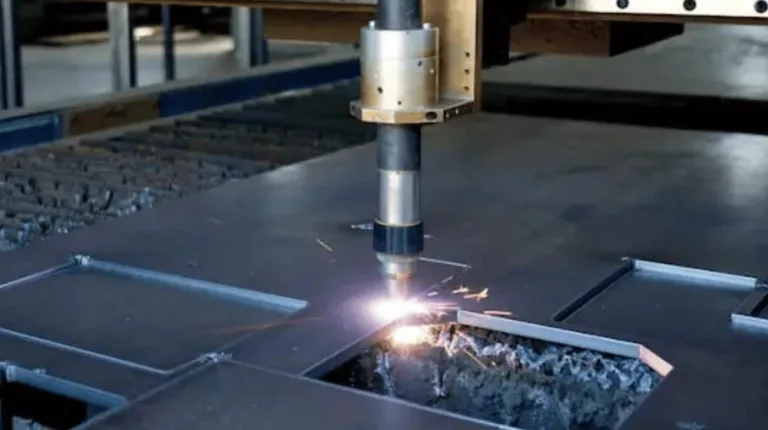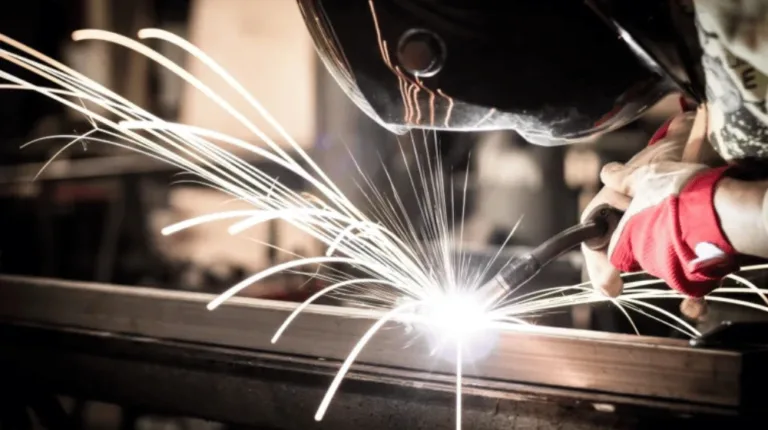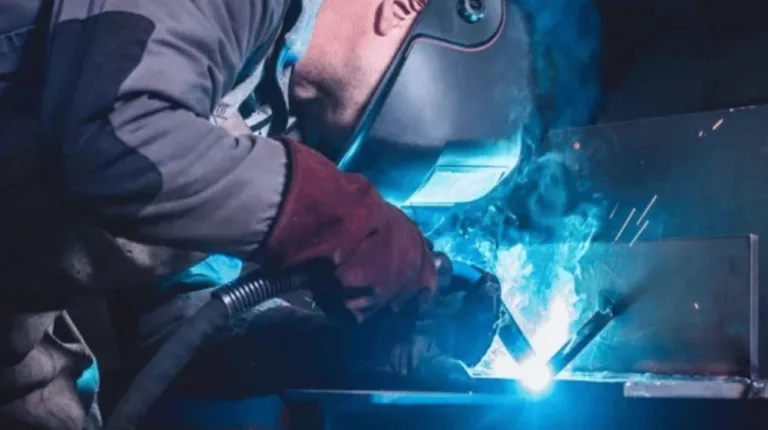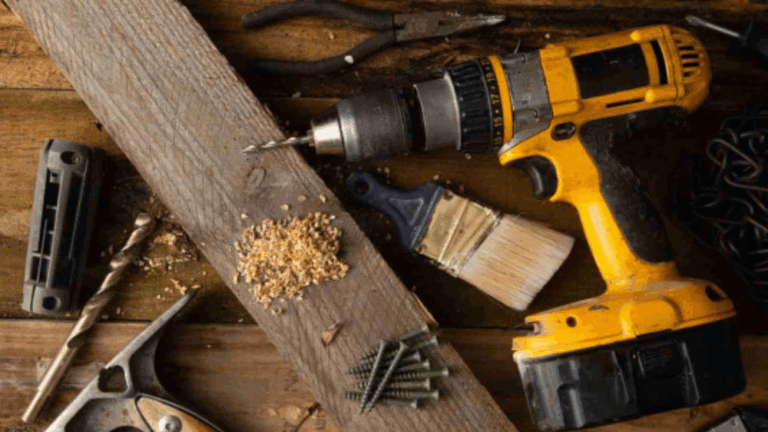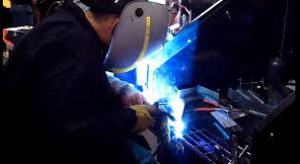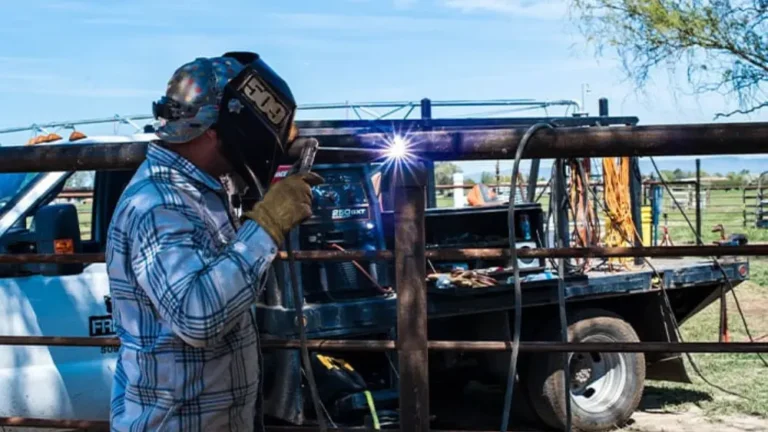“What Types of Metals Can You MIG Weld” MIG welding has become one of the most adaptable welding methods among the various welding techniques practiced. It is a method that can, in fact, provide the same high-quality of welding results, but at a much faster speed. Different metals, however, when exposed to heat, will behave differently, and that is why the proper use of technique is crucial. My post today will go through the main metals that can be MIG-welded, their properties, and the right techniques.
1. Mild Steel – The Foundation of MIG Welding
Mild steel is, indeed, the most common and the easiest of all the metals to MIG weld. I am going to elaborate on the reasons why it has earned such a big trust from the metal working industries like fabrication, automotive, and industrial.
What Is Mild Steel?
Mild steel is a carbon-soft metal that not only melts evenly but also results in tough, clean welds. One of the main reasons for its being popular is its easy-going nature, which makes it good for both novices and experts. It is stable and really adaptable for different kinds of works.
MIG Welding Techniques for Mild Steel
In order to achieve penetration, use a combination of Argon and CO₂ as the shielding gas. Do not forget to keep the travel speed constant and the arc short for the welds to be of a consistent quality. The correct positioning of the electrode contributes to making the beads even and also helps to prevent undercutting.
Common Uses of Mild Steel
Mild steel is used widely in the manufacture of auto parts, the building of machines, and even in metal structures. It is strong, cheap, and best for projects where permanence and precision are essential.
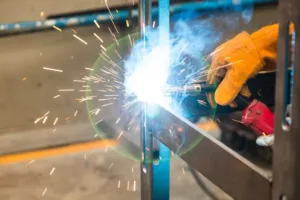
2. Stainless Steel – Shiny, Strong, and Rust-Resistant
MIG welding can be said to be the most efficient process in the case of making joints with stainless steel as the joint will receive a clean and polished finish. One such reason is the inherent property of stainless steel of being strong and resistant to corrosion that makes it perfect for applications where the user demand is for long-lasting performance.
What Is Stainless Steel?
Stainless steel is an alloy that comprises chromium along with other metals. The chromium content in the alloy makes it rust and oxidation resistant. It is tough and able to last in cases where the beauty and life of applications are required.
MIG Welding Techniques for Stainless Steel
The use of a tri-mix gas of Argon, Helium, and CO₂, along with stainless wire filler, is recommended. Do not apply more heat than needed to keep the surface flat. A steady torch angle reduces warping and discoloration.
Common Uses of Stainless Steel
Stainless steel remains the top choice in various sectors such as food production and processing, and chemical storage. Its resistance to rust, along with its good looks, makes it the favorite of professional and industrial settings.
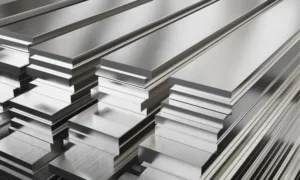
3. Aluminum – Lightweight but Requires Skill
On the other hand, Aluminum is a metal that comes with minimal weight and maximum strength, thus it finds its way into the aerospace, automotive, and construction industries. I hereby tell you how to manage its high heat conductivity during MIG welding.
What Is Aluminum?
To be specific, Aluminum, with its fast conduction of heat, can easily get burnt through if not carefully handled. Of course, its lightness and strength make it a prime candidate for those projects that require a decrease in weight.
MIG Welding Techniques for Aluminum
For smooth wire feeding, make use of pure Argon gas and a spool gun. Prior to welding, clean the oxide layer to permit good bonding. Master your travel speed to eliminate weak areas or holes.
Common Uses of Aluminum
Despite being the most reliable lightweight material, Aluminum has found its place in various applications such as automotive, aerospace, and construction. It suffices when it comes to making frames, sheets, and parts that require a weightless and corrosion-free material.
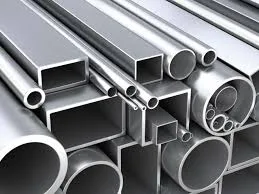
4. Copper – Conductive and Visually Appealing
Copper is excellent in conducting electricity and also very attractive, however, it needs very cautious MIG welding. I am presenting the right way to avoid both overheating and cracking.
What Is Copper?
Reddish in color is one of the characteristics of copper, which is also highly conductive thermally and electrically. It is also easy to melt and needs proper monitoring of heat to come up with strong and clean welds.
MIG Welding Techniques for Copper
To avoid the extreme temperature change on the weld, firstly, the workpiece needs to be heated up, and secondly, the deoxidized copper filler wire must be used. A skilled hand with a steady angle of torch will help to produce the welds that are clean and at the same time strong.
Common Uses of Copper
On the other hand, Copper plays an important role in the electrical industry as the main conductor in cable making, is the best material for roofing and plumbing due to its resistance to corrosion, and in addition, is the main metal in decorative works due to its aesthetic appeal. Apart from its excellent combination of properties (strength, beauty, and conductivity), it still remains the most preferred metal for many industries.
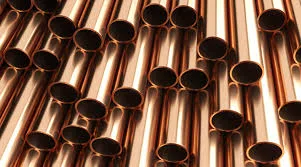
5. Nickel Alloys – Strong and Heat-Resistant
Nickel alloys are such that they possess qualities like a very high melting point and no corrosion. This is the moment to highlight that MIG welding is the method that produces strong and dependable joints even at the most tedious places.
What Are Nickel Alloys?
Nickel alloys are metals blended with chromium or iron for extra stamina. They not only work well in high temperature but their resistance towards corrosion makes them suitable for the harsh industrial environment.
MIG Welding Techniques for Nickel Alloys
Use pure Argon or low CO₂ content Argon–Helium gas mix for the best results. Control the heat well and do not apply quick cooling so that cracks and warping do not occur.
Common Uses of Nickel Alloys
These alloys are used in power plants, turbines, chemical plants, and aerospace components. Their ability to withstand heat and corrosion makes them crucial for industrial applications.
6. Cast Iron – Challenging but Achievable
Cast iron may crack and is heat-sensitive, but with the right technique, it can still be done. Here, I share the methods that provide sturdy and permanent welds.
What Is Cast Iron?
Cast iron is composed of high carbon, which gives the metal strength but brittleness. The control of heat during the welding process is very important, as it can either lead to cracks and weak welds or strong welds through careful preparation.
MIG Welding Techniques for Cast Iron
The preheating of metal is done before welding and cooling is done slowly after the work is done. Stress reduction by using nickel-based filler wire will help in avoiding fractures. Keep torch movement steady for good penetration.
Common Uses of Cast Iron
The engine blocks, heavy machinery, pipes, and industrial equipment are some of the areas where cast iron can be found. It is one of the basic materials that provide support and long-lasting strength to critical components.

Pro Tips for MIG Welding Different Metals
In this context, I present to you the necessary information, which, if duly followed, will result in the welds being clean, strong, and consistent regardless of the metal type.
1. Clean the Surface First
Always clear off rust, oil, and paint earlier to welding. A dirty surface will cause poor penetration, weak spots, and hence, contamination.
2. Match Wire and Gas Correctly
Each metal requires specific filler wire and shielding gas. Through the use of a proper combination, the weld not only becomes stronger but also lively and lasts longer.
3. Adjust Heat and Travel Speed
Thin metals require low heat, while on the other hand, thick ones need higher voltage. Hence, keep a very close eye on your heat to secure not only warping but also burn-through.
4. Maintain Steady Technique
Always keep the same torch angle and the same travel speed. A steady hand will ensure smooth beads and fewer errors.
Conclusion
MIG welding is one of the usual applications of various metals such as mild steel, stainless steel, aluminum, copper, nickel alloys, and cast iron. Every single metal has to be treated according to its own conditions, thus tech and prep. If you master these metals, your welding will always be strong, clean, and professional in appearance.
FAQs
Q1. What is the easiest metal to MIG weld?
Mild steel tops the list as it has a nice melting point and thus smooth, strong welds. Beginners mostly choose mild steel for practice.
Q2. Can aluminum be welded with MIG without using a spool gun?
It’s possible but difficult. A spool gun give uninterrupted wire feed and minimizes the occurrence of defective welds.
Q3. What is the gas that is most suitable for MIG welding of stainless steel?
The use of a tri-mix cool of Argon, Helium and CO₂ results in welds that are not only clean and strong but also color and contortion free.
Q4. Is it possible to use MIG welding for thin metals?
Indeed, provided that heat is controlled and a consistent pace is kept. Thin metals can easily get burnt through when overheated.
Q5. Is MIG welding of cast iron difficult?
Cast iron requires more attention due to its brittle nature. Preheating and using nickel-wire allow for the prevention of cracks and thus strong welds.


